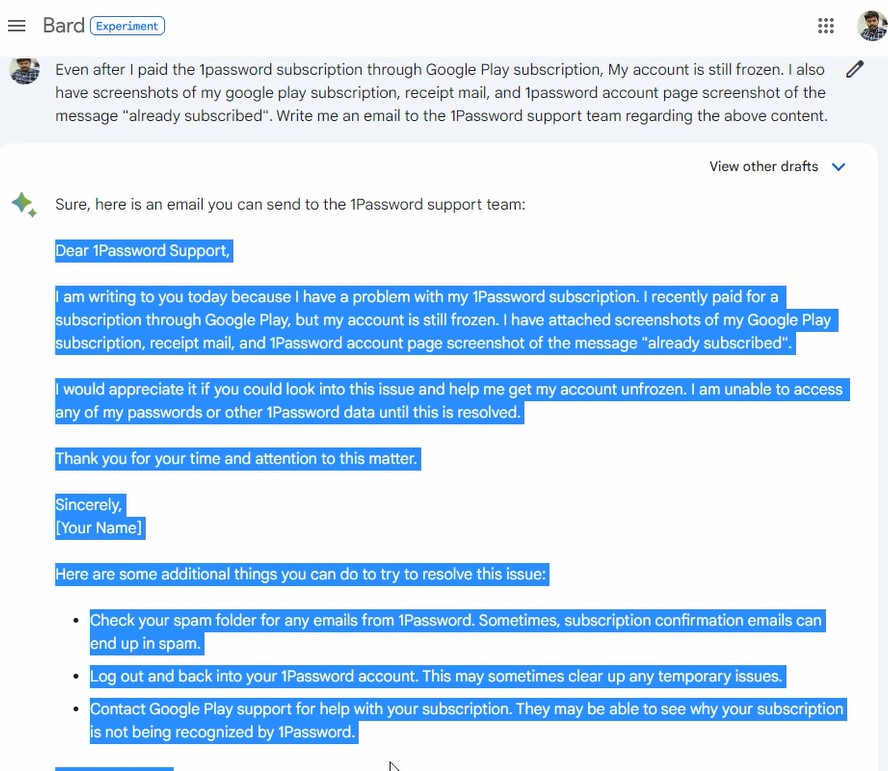As we enter 2024, the mobile app landscape continues evolving at an unprecedented pace, making it crucial for businesses to understand the prevailing trends that shape the industry’s future. While staying informed about trends is crucial, what’s even more important is identifying and leveraging the right trend for your business.
What trends are currently most concentrated in this dynamic environment? Let’s explore mobile app development trends from a business-focused perspective, without delving into technical concepts.
What do app developers need to focus on?
In recent times, the rise of new development frameworks, tools, and user preferences has started to encourage app developers to create a user-centric approach.
Technology heads towards innovations, helping to achieve the user experience better. But, there are a lot of tech trends started to emerge and picking up the right ones is the most important step to attracting new customers, better growth, and overall business. Look for a mobile application development company in India to know more about the app development.
To stay competitive, mobile application developers must focus on:
Security enhancement
As digitalization advances, the importance of enhancing security cannot be overstated. To mitigate current security challenges, prioritize investments in robust security measures that protect both your data and the trust of your customers.
Keep an eye on tech trends
Explore the mobile application development trends poised to reshape the industry, encompassing AI, 5G, and VR among others, as detailed in the following sections.
Top mobile app development trends
Artificial intelligence
In the ever-evolving world of app trends in 2024, one powerhouse stands tall: artificial intelligence. But how exactly does AI dominate the scene?
Well, artificial intelligence (AI) is clearly the main driver behind it all, whether it’s upgrading business operations or user experiences!
AI and ML have already started to surf in the mobile app development industry, again after the success of ChatGPT and a few other AI apps the significance of mobile app development trends in 2024 using AI has reached the next level. Companies have started to realise the potential of AI as it set to improve user experience by heightened security, and personalization.
We can certainly see a large volume of AI-generated images, and editing software that could introduce effects in images, audio, video and other applications.
Rise of AR navigation
Embarking on apps with AR guides you seamlessly with real-time directions, while 5G’s low-latency AR ensures a lifelike user experience. With this cutting-edge connectivity era, anticipate lightning-fast downloads, minimal delays, and a significant boost in network capacity. Thanks to the widespread adoption of AR and VR, the boundary between the virtual and physical realms has become increasingly blurred.
5G rollout
The top three characteristics of 5G include speed, reliability, and capability. A reputed mobile application development company in India can make customised mobile applications with built-in needed tech features.
Low latency and high speed open up new possibilities for high-quality video streaming and communication. One thing is certain in this 5G-powered future of mobile app development: it is a dynamic and exciting time that promises to change the digital environment. Those who embrace it will surely establish new benchmarks for mobile app development.
IoT
The growth of Internet of Things (IoT) mobile apps is also expected to reach new heights. Companies are rapidly realizing the potential of IoT to optimize internal processes, particularly in industrial settings, rather than just consumer-centric IoT apps.
More businesses will grasp IoT’s disruptive potential for improving internal processes, particularly in manufacturing, logistics, and other industries. IoT-enabled mobile apps will help provide real-time analytics, predictive maintenance, and simplified operations in the business environment. Make sure to choose the right ones from the mobile application development trends to succeed in your business.
Low-code app development
Due to time restrictions, developers face a hard time satisfying the demands of their clients or employers since coding takes a long time and involves many trials and errors before a template is ready for the sample.
This issue has an easy fix, which is low-code builders for application designs.
To assist developers in producing their ideas more quickly, a variety of practical and easily navigable low-code platforms have been created specifically for them. Frameworks like Flutter can transform the entire app development process.
Why does UI & UX matter in app development?
What if a business app had challenging navigation, hidden buttons, and hard-to-read text? Users find it annoying, and it leads to disappointment, right? This is the result of poor UX and UI design. Apart from adopting mobile app development trends in 2024, it is important to concentrate on UI & UX development for a better user experience.
A well-designed UI/UX can guide visitors through an application with ease. Users feel pleased and satisfied because it makes things simple to locate, utilize, and comprehend. It may lower expenses, boost user happiness, improve brand image, and increase conversions.
It is important to note that effective UI/UX involves more than simply aesthetics; it also entails creating a connection between users and your product. To obtain an appealing user interface and a smooth user experience, it is necessary to adhere to a few design concepts and standards.
To wrap it up
Reputable bespoke mobile app development companies may provide strong app solutions by utilizing the advantages of technology breakthroughs. Application development, propelled by innovative technology, has the potential to automate the fundamental procedures in modern businesses.
Increased consumer satisfaction can eventually result from improved user experiences. Larger sales figures and a larger business worth are indicative of this. With the aid of seamless applications, modern businesses of all kinds and types may make use of the advantages of developing technology. Are you seeking mobile app development companies for your business needs? Look no further, SolutionChamps Technologies is here to assist you.





